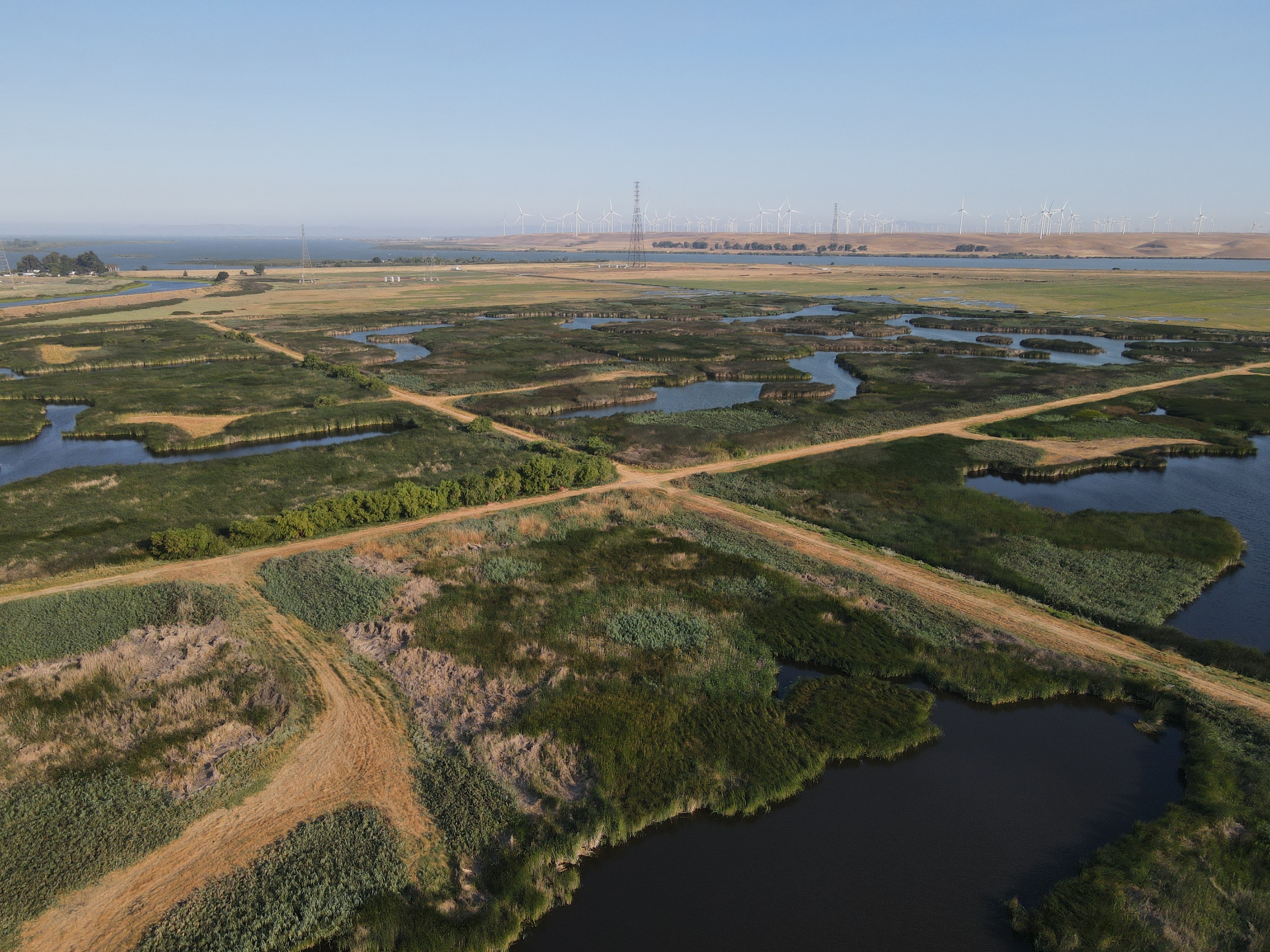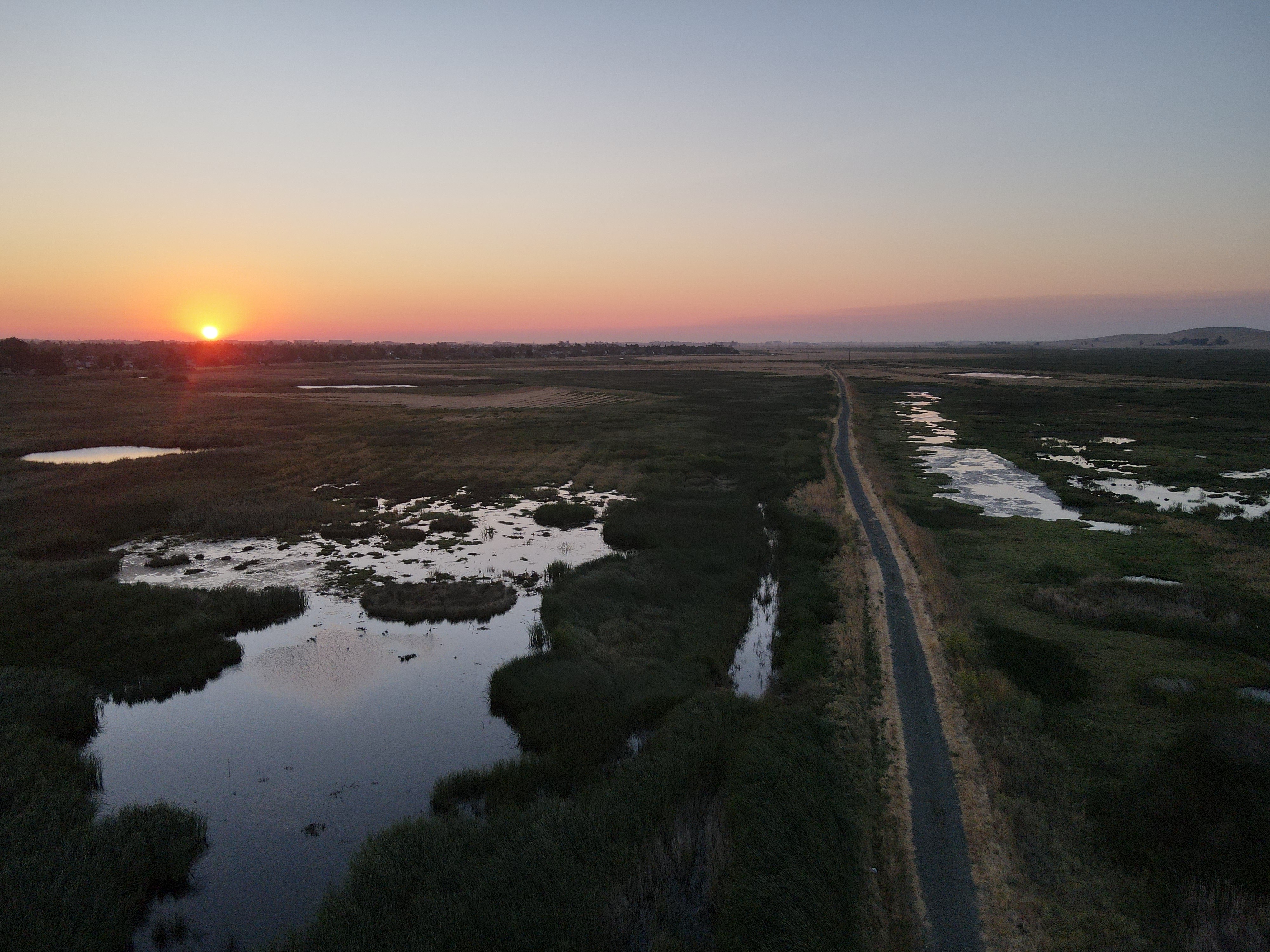Carbon Restored Wetland Ecology
My dissertation research aims to understand how restoring wetlands with only carbon sequestration in mind affects other aspects of the ecosystem.
In the Sacramento-San Joaquin Delta, 97% of the historic wetlands were transitioned to agriculture. Over time, these losses triggered subsidence, exposing the peat in the soil to oxygen and releasing large amounts of carbon into the atmosphere. To combat that, wetland restoration in the area has focused on growing vegetation and sequestering carbon that was lost in the process of subsidence.
Now, there are a variety of carbon restored wetlands of different ages in the area. My work will study the biodiversity (birds and vegetation), carbon sequestration, and environmental heterogeneity across these wetlands.
To explore the impacts of carbon restoration, I will investigate the following questions:
- How does environmental heterogeneity impact avian biodiversity in restored wetlands?
Hypothesis: Biodiversity will be highest at restored sites that support higher environmental heterogeneity where there exist niches for various food guilds and productivity is high.
- What is the relationship between ecosystem primary productivity and biodiversity in restored wetlands?
Hypothesis: Post-restoration sites with greater gross and net primary productivity will support higher biodiversity due to greater availability of resources.
- How does post-restoration succession mediate the relationship between biodiversity, ecosystem function, and environmental heterogeneity?
Hypothesis: Highest biodiversity levels will be observed at mid- to late-stage succession when habitat is more heterogeneous and productivity is high. Managing for such conditions may provide a strategy for maximizing both outcomes.
Alternative hypothesis: Highest productivity will occur at latest stages of succession when full canopy cover has increased vegetation biomass and soil build-up, but biodiversity may saturate due to habitat homogenization and may require management interventions such as vegetation clearing.

